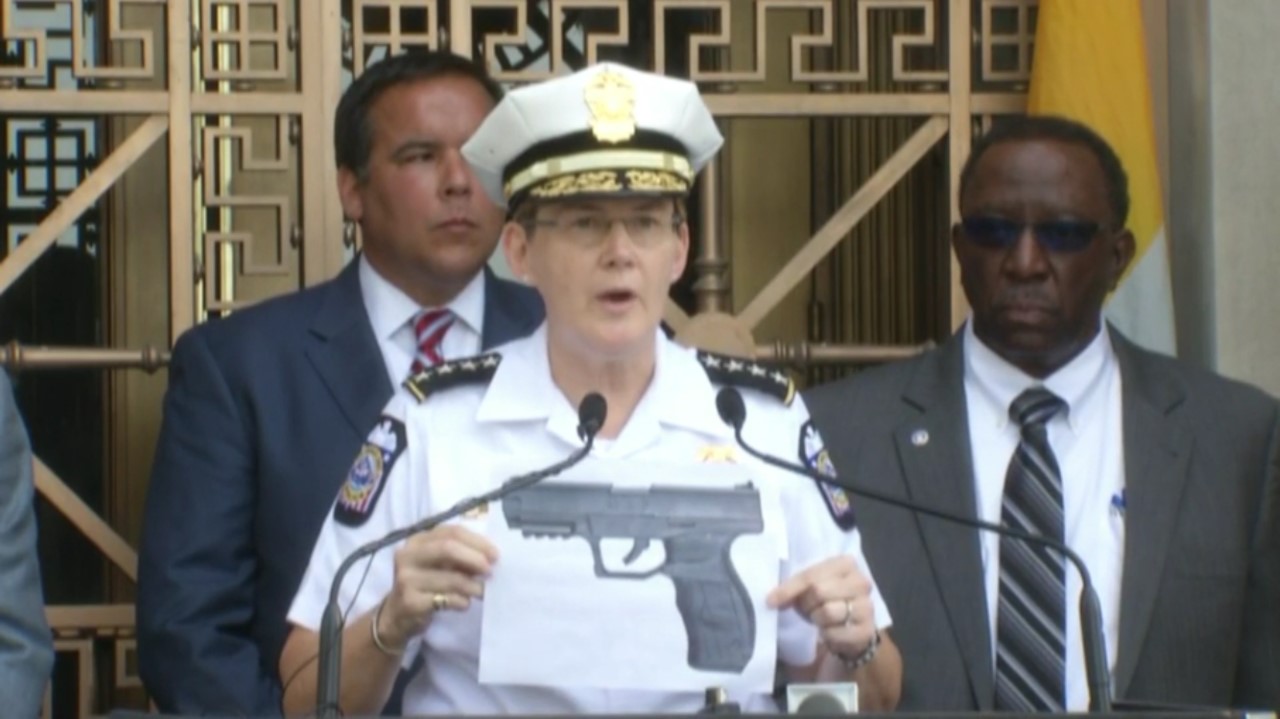The United States is immersed in strife and violence.
Since the shooting of Michael Brown by Ferguson police in 2014, we have been living in dysfunctional racial discourse. As we have seen since Ferguson, the treatment of black Americans by police departments is systematically broken, as evidenced by the increasing tales and video evidence of police misconduct and the blatant disregard for black lives and bodies.
Every time a new shooting occurs, the result is the same. Police departments cover their side of the story, attempting to justify their actions, the community protests, and the officers in question get administrative leave until the situation dies down.
Some protests even become riots in places where the racial injustices reach a point of no return, releasing a rage that had fermented long before the incident. The majority then condemns the rioters and sleep peacefully, ignorantly believing that racism doesn’t really exist.
From President Obama, Colin Kaepernick and John Oliver to LeBron James, everyone has had an opportunity to share their thoughts on police brutality over these past few years.
Nothing changes.
Columbus now finds itself directly involved with this nationwide problem. In mid-September, Columbus Division of Police (CPD) officers shot and killed thirteen-year-old Tyre King.
King was the third black American killed by the CPD just this summer, joining Henry Green V and Kawme Patrick among those whose lives were taken by the officers sworn to protect them.
Investigations are currently underway to see whether the CPD’s killing was justified, but these police killings seem to be following a consistent pattern.
The investigation is being conducted internally, creating a conflict of interest in protecting the reputation and integrity of its officers and institution.
As reported by the Columbus Free Press this June, after the death of Henry Green V, police admitted that in 26 years, no investigation internal or independent eventually brought a guilty verdict against an officer. This may be a coincidence, but it seems unlikely considering the frequency of officer-involved shootings, of which there have been thirteen this year according to WCMH-TV.
This disparity suggests nothing less than institutional dysfunction.
The CPD are sure to support their outlandish narrative that Tyre King, a thirteen-year-old kid, pointed a fake gun at armed police officers. Why would anyone do that, especially a child of color in this climate of racial discourse and policing?
Initial forensic evidence collected by the victim’s legal team suggest that Tyre King was running away as he was shot. Considering that Tyre King can no longer testify, the CPD’s narrative is sure to have support, regardless of its relationship to the truth.
The prevailing ideology regarding our perception of police is a noble one. Police officers are good people, doing difficult work, and dealing with the worst of society. We are taught to revere them, to respect their authority, and are told to believe that they have our backs.
This ideology, regardless of its relationship to the truth causes us to give all police officers a credibility excess, a benefit of the doubt that would prevent us from major prejudgment of potential misconduct.
We cannot say that being a police officer in Columbus, Ohio, isn’t a difficult and dangerous job, but because they are public servants, we have reason to dismantle their benefit of the doubt in cases of officer-involved shootings.
The CPD has a history of being complicit in racial policing. In 2000, they were sued by the Department of Justice, only for the suit to be dropped after heavy deflection from Mayor Coleman. In 2014, after the events in Ferguson, Missouri, the Columbus Free Press reported that the CPD was second in the nation among major cities for police killings per capita. They were investigated this summer by the Ohio Civil Rights Commission for failing to address and punish the blatant racism of one of their veteran officers.
These facts, in conjunction with the recent shootings, ought to eliminate any credibility excess given to the CPD.
In this case, a child is dead by the hands of police, and their story just doesn’t add up. In the court of public opinion, suspects are guilty until proven innocent. If that’s true, then it’s time that we hold police officers to the same scrutiny as alleged murderers in cases such as this.
Regardless of how the #capfam regards this local issue, the citizens of Columbus are not taking it lying down.
A group of students with the Ohio State University Coalition for Black Liberation shut down a High Street intersection for thirteen minutes last week, followed by a die-in at the Ohio Union for the same duration.
The same night, a group of Black Lives Matter protesters disrupted a Columbus City Council meeting.
Another protest is planned for Oct. 28, where a march downtown will bring thousands of us together.
We citizens have more power than is allotted to us in the November election.
In order to end the injustices our society faces, we must organize and fight against those oppressive structures that silence and murder the marginalized, and until the Columbus Division of Police demonstrates that their interests align with ours, we should not afford them any more trust than the evidence they provide.
Nick Bochenek is a senior philosophy and history major, president of Philosophy Club and the Socialist Student Union, who plans to attend grad school in philosophy after graduation.

